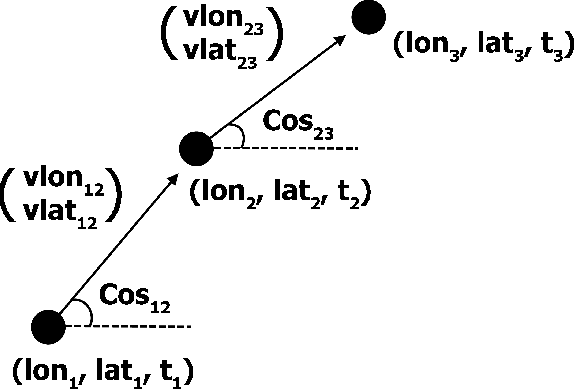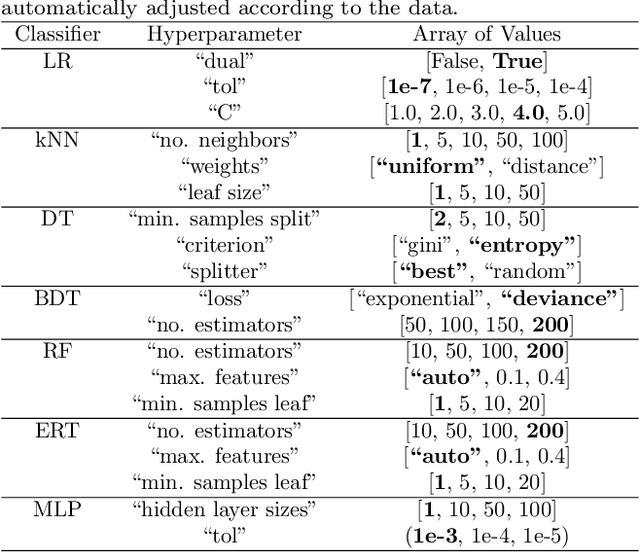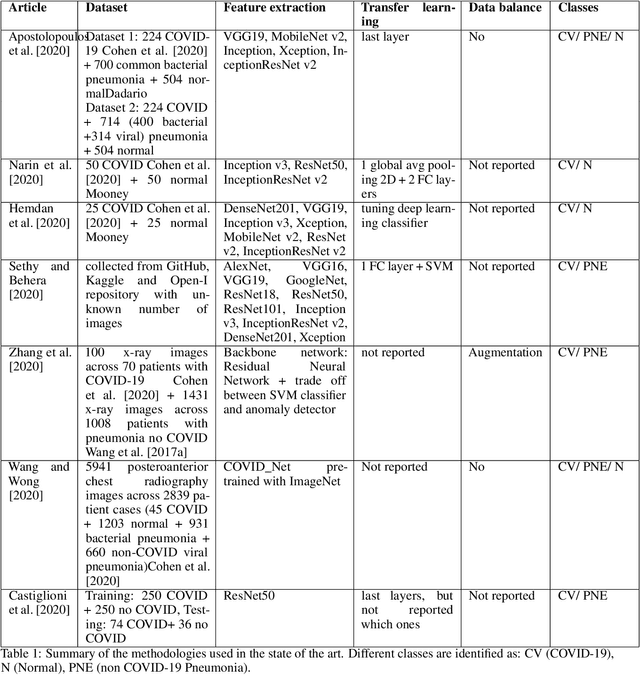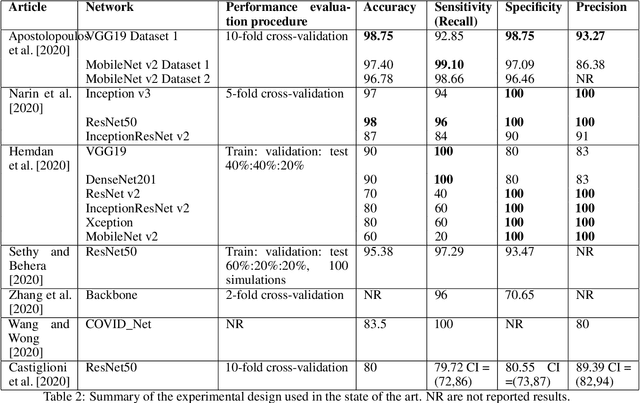C. Sánchez
DES Collaboration
Dark Energy Survey Year 3 results: Simulation-based $w$CDM inference from weak lensing and galaxy clustering maps with deep learning. I. Analysis design
Nov 06, 2025Abstract:Data-driven approaches using deep learning are emerging as powerful techniques to extract non-Gaussian information from cosmological large-scale structure. This work presents the first simulation-based inference (SBI) pipeline that combines weak lensing and galaxy clustering maps in a realistic Dark Energy Survey Year 3 (DES Y3) configuration and serves as preparation for a forthcoming analysis of the survey data. We develop a scalable forward model based on the CosmoGridV1 suite of N-body simulations to generate over one million self-consistent mock realizations of DES Y3 at the map level. Leveraging this large dataset, we train deep graph convolutional neural networks on the full survey footprint in spherical geometry to learn low-dimensional features that approximately maximize mutual information with target parameters. These learned compressions enable neural density estimation of the implicit likelihood via normalizing flows in a ten-dimensional parameter space spanning cosmological $w$CDM, intrinsic alignment, and linear galaxy bias parameters, while marginalizing over baryonic, photometric redshift, and shear bias nuisances. To ensure robustness, we extensively validate our inference pipeline using synthetic observations derived from both systematic contaminations in our forward model and independent Buzzard galaxy catalogs. Our forecasts yield significant improvements in cosmological parameter constraints, achieving $2-3\times$ higher figures of merit in the $\Omega_m - S_8$ plane relative to our implementation of baseline two-point statistics and effectively breaking parameter degeneracies through probe combination. These results demonstrate the potential of SBI analyses powered by deep learning for upcoming Stage-IV wide-field imaging surveys.
Machine Learning for Searching the Dark Energy Survey for Trans-Neptunian Objects
Sep 27, 2020



Abstract:In this paper we investigate how implementing machine learning could improve the efficiency of the search for Trans-Neptunian Objects (TNOs) within Dark Energy Survey (DES) data when used alongside orbit fitting. The discovery of multiple TNOs that appear to show a similarity in their orbital parameters has led to the suggestion that one or more undetected planets, an as yet undiscovered "Planet 9", may be present in the outer Solar System. DES is well placed to detect such a planet and has already been used to discover many other TNOs. Here, we perform tests on eight different supervised machine learning algorithms, using a dataset consisting of simulated TNOs buried within real DES noise data. We found that the best performing classifier was the Random Forest which, when optimised, performed well at detecting the rare objects. We achieve an area under the receiver operating characteristic (ROC) curve, (AUC) $= 0.996 \pm 0.001$. After optimizing the decision threshold of the Random Forest, we achieve a recall of 0.96 while maintaining a precision of 0.80. Finally, by using the optimized classifier to pre-select objects, we are able to run the orbit-fitting stage of our detection pipeline five times faster.
Early Screening of SARS-CoV-2 by Intelligent Analysis of X-Ray Images
May 28, 2020



Abstract:Future SARS-CoV-2 virus outbreak COVID-XX might possibly occur during the next years. However the pathology in humans is so recent that many clinical aspects, like early detection of complications, side effects after recovery or early screening, are currently unknown. In spite of the number of cases of COVID-19, its rapid spread putting many sanitary systems in the edge of collapse has hindered proper collection and analysis of the data related to COVID-19 clinical aspects. We describe an interdisciplinary initiative that integrates clinical research, with image diagnostics and the use of new technologies such as artificial intelligence and radiomics with the aim of clarifying some of SARS-CoV-2 open questions. The whole initiative addresses 3 main points: 1) collection of standardize data including images, clinical data and analytics; 2) COVID-19 screening for its early diagnosis at primary care centers; 3) define radiomic signatures of COVID-19 evolution and associated pathologies for the early treatment of complications. In particular, in this paper we present a general overview of the project, the experimental design and first results of X-ray COVID-19 detection using a classic approach based on HoG and feature selection. Our experiments include a comparison to some recent methods for COVID-19 screening in X-Ray and an exploratory analysis of the feasibility of X-Ray COVID-19 screening. Results show that classic approaches can outperform deep-learning methods in this experimental setting, indicate the feasibility of early COVID-19 screening and that non-COVID infiltration is the group of patients most similar to COVID-19 in terms of radiological description of X-ray. Therefore, an efficient COVID-19 screening should be complemented with other clinical data to better discriminate these cases.
 Add to Chrome
Add to Chrome Add to Firefox
Add to Firefox Add to Edge
Add to Edge